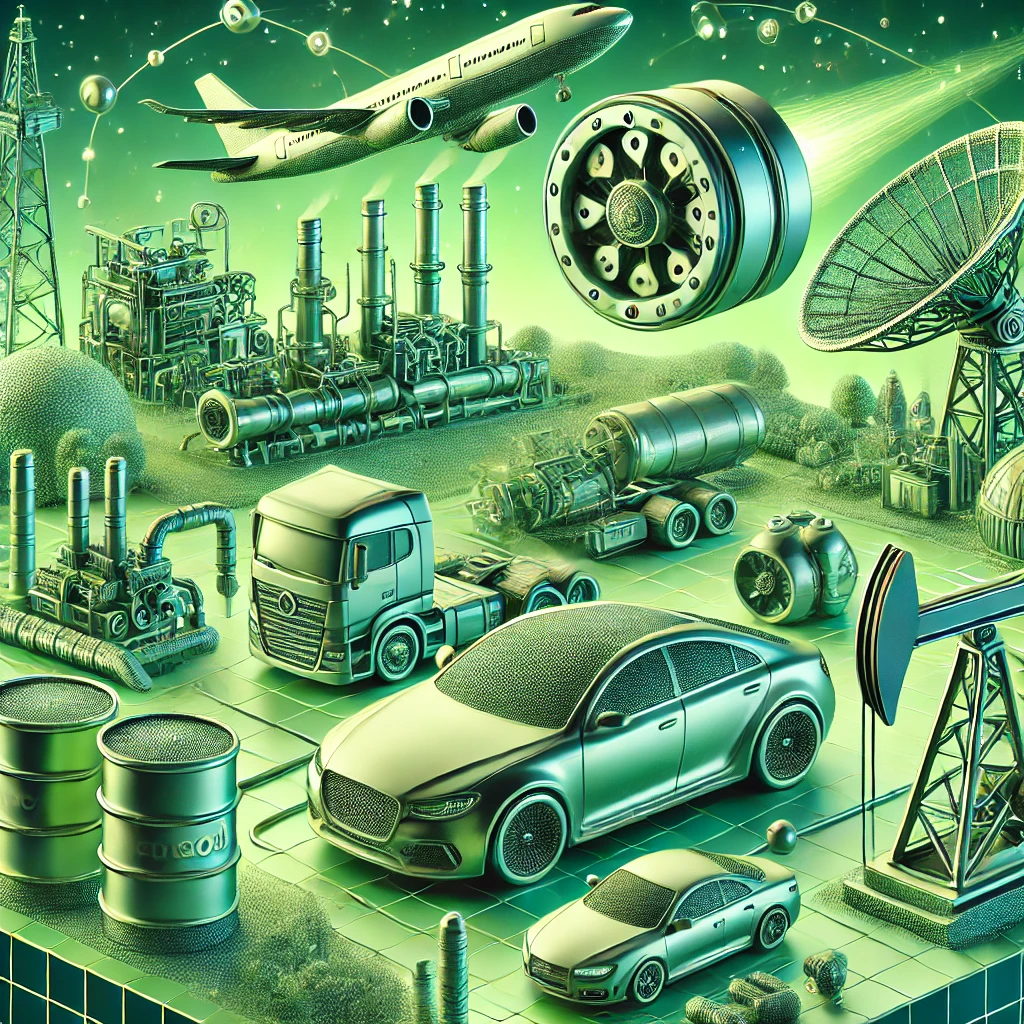The automobile industry has never been known for its commitment to the planet. Over the course of the last decade, automotive sustainability has come a long way thanks to some exciting technological advancements. The chemical processes powering today’s sustainable vehicles are changing rapidly, opening new avenues for greener, cleaner cars.
Chemistry and the “Sustainable” Vehicle
The poster vehicle for sustainability is the electric car. Implementing ‘green’ energy sources like hydrogen or hydrocarbon, electric vehicles actually use stored chemical energy to produce an electrochemical reaction, releasing no emissions. Fewer tailpipe emissions are better for the ozone layer, and these types of vehicles also require no fossil fuels to power up.
The battery in an electric vehicle is powered by what’s called a “redox” reaction. Commonly motorized via lead-acid batteries, the chemically-induced transfer of electrons from one side of the engine to the other is an EV’s clean answer to the catalytic converter. Using sulfuric acid to catalyze powerful electrochemical reactions is one smart way chemistry is augmenting the carbon footprint of automobiles.
Chemical Advances Leading to Cleaner Vehicles
In addition to the emergence of commercially available EVs, new electric and hybrid technologies are poised to have a real impact on the greater environment. Vanadium-flow batteries, for example, are a reusable, slowly-degrading counterpart to traditional lithium-ion batteries. Currently best suited to industrial applications, v-flow batteries could potentially be seen as an alternative for expensive, difficult to source lead-acid.
Not all sustainability solutions pertain to electric vehicles. Lean nitrogen oxide traps (a.k.a. LNTs) are being tested as a viable solution to diesel pollution. Diesel engines, currently powering over 50% of passenger vehicles in many European countries, are notorious emissions producers. Installed LNTs employ a platinum catalyst to convert nitrogen oxide into nitrates. These are then stored within the vehicle. Trapped by rare earth metals like barium oxide, the stored NOx can be disposed of when conditions are appropriate.
Not only are cars themselves becoming more sustainable, the production of vehicles is becoming greener, too. Material advancements in polymers, metals, and composites are changing the way parts are produced. Better-managed supply chains are also a critical piece of the puzzle.
Noah Chemicals is striving to make chemical sourcing a more streamlined process. We work with a variety of automotive brands to provide high-purity chemicals for manufacturing and R&D purposes. Want to learn more? Reach out to the Noah Tech experts today.




